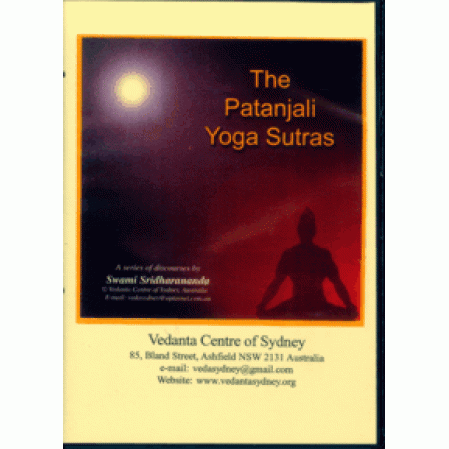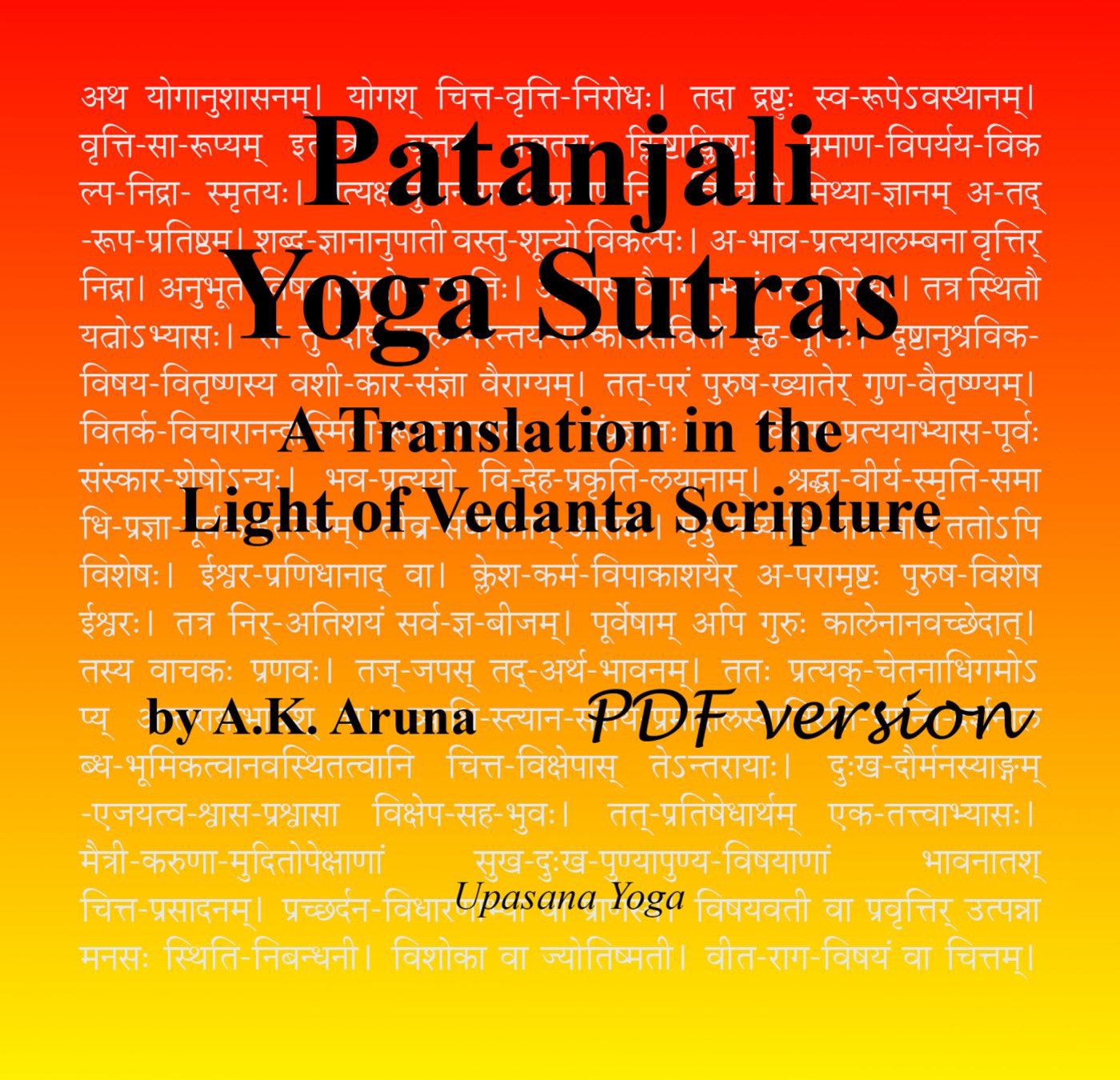

Yet the two works are completely different in subject matter and in the details of language, grammar and vocabulary, as was compellingly pointed out long ago by Louis Renou. Furthermore, before the time of Bhoja (11th century), no known text states that the authors were the same.

The identity of this Patañjali has been the subject of academic debate because an author of the same name is credited with the authorship of the classic text on Sanskrit grammar named Mahābhāṣya that is firmly datable to the second century BCE. The colophons of manuscripts of the Yoga Sūtras attribute the work to Patanjali.

The verses are highlighted and are embedded inside the bhasya (commentary). Some pages from a historic Yogasutra manuscript (Sanskrit, Devanagari).

The combined document is thus considered to be a single work, the Pātañjalayogaśāstra. Maas and Mallinson consider the Bhasya commentary on the Sutras to be Patanjali’s own, and the Sutras to be his summary of older accounts of yoga. Modern scholars of yoga such as Philipp A. However, the appropriation – and misappropriation – of the Yoga Sutras and its influence on later systematizations of yoga has been questioned by scholars such as David Gordon White, but reaffirmed by others such as James Mallinson. Yoga tradition holds the Yoga Sutras of Patanjali to be one of the foundational texts of classical Yoga philosophy. It gained prominence again as a comeback classic in the 20th century.īefore the 20th century, history indicates that the medieval Indian yoga scene was dominated by the various other texts such as the Bhagavad Gita and the Yoga Vasistha, texts attributed to Yajnavalkya and Hiranyagarbha, as well as literature on hatha yoga, tantric yoga and Pashupata Shaivism yoga rather than the Yoga Sutras of Patanjali. The text fell into relative obscurity for nearly 700 years from the 12th to 19th century, and made a comeback in late 19th century due to the efforts of Swami Vivekananda, the Theosophical Society and others. The Yoga Sutra was compiled sometime between 500 BCE and 400 CE by the sage Patanjali in India who synthesized and organized knowledge about yoga from much older traditions. The Yoga Sūtra of Patañjali was the most translated ancient Indian text in the medieval era, having been translated into about forty Indian languages and two non-Indian languages: Old Javanese and Arabic. The Yoga Sutras of Patanjali is a collection of 195 Sanskrit sutras( aphorisms) on the theory and practice of yoga.


 0 kommentar(er)
0 kommentar(er)
